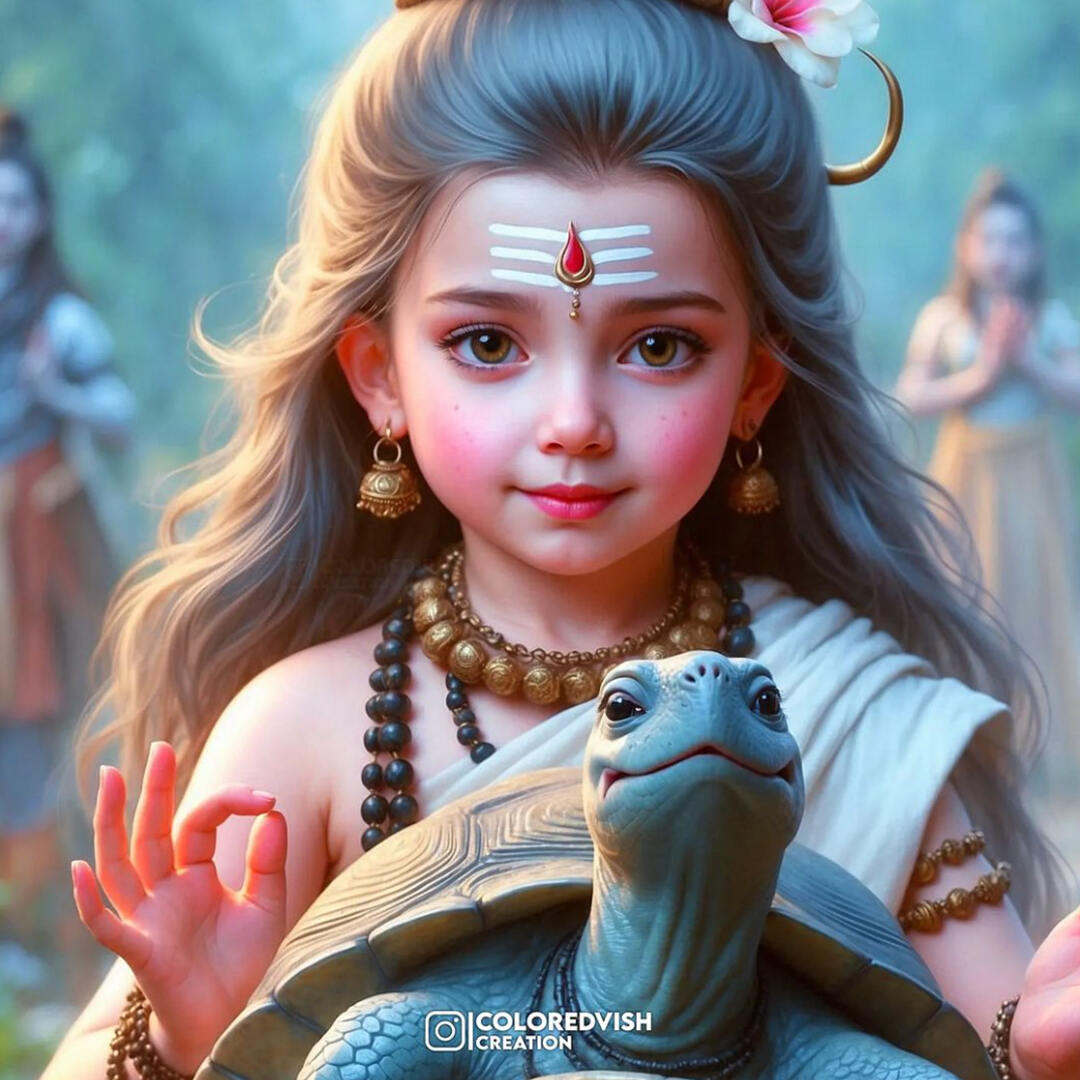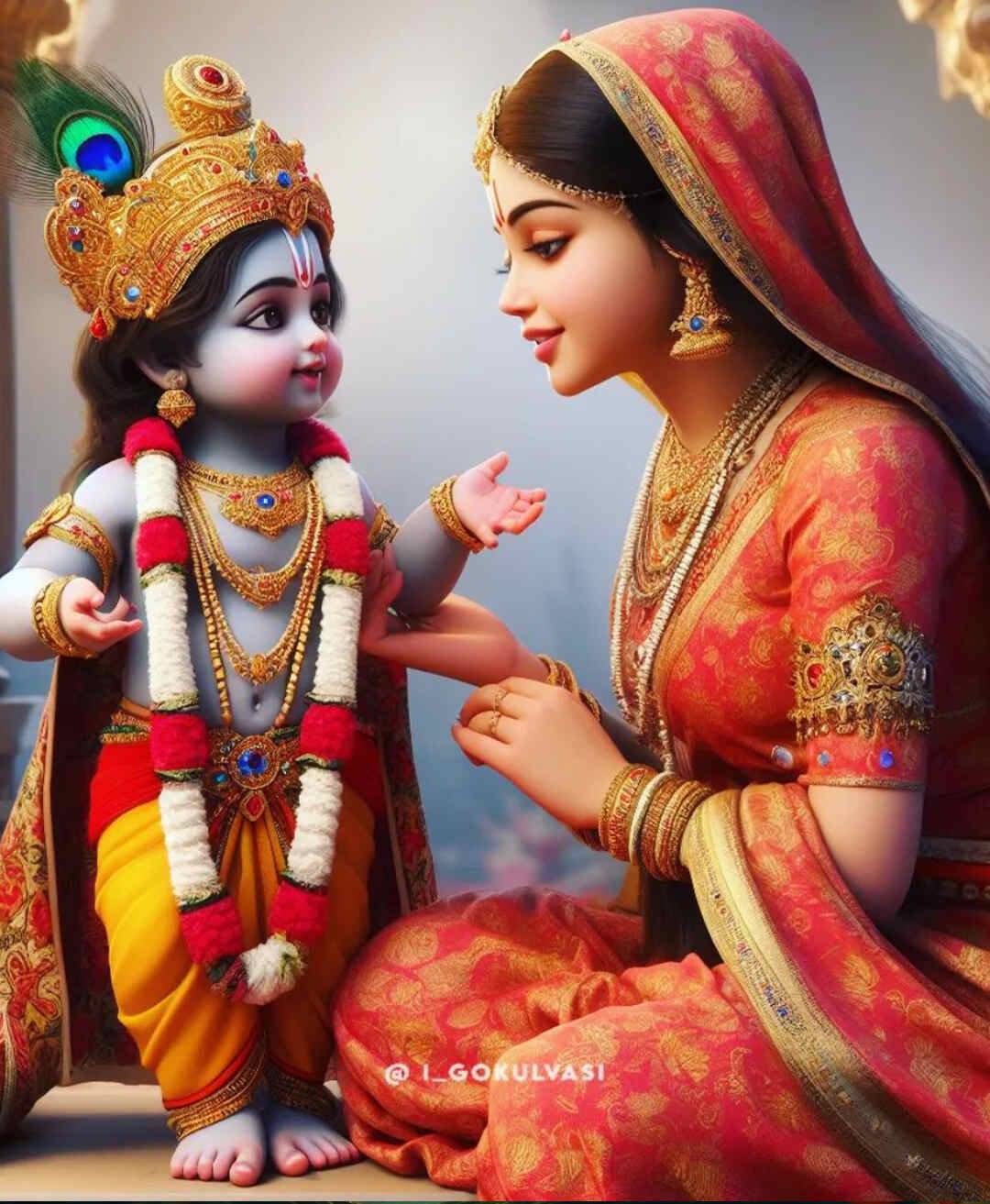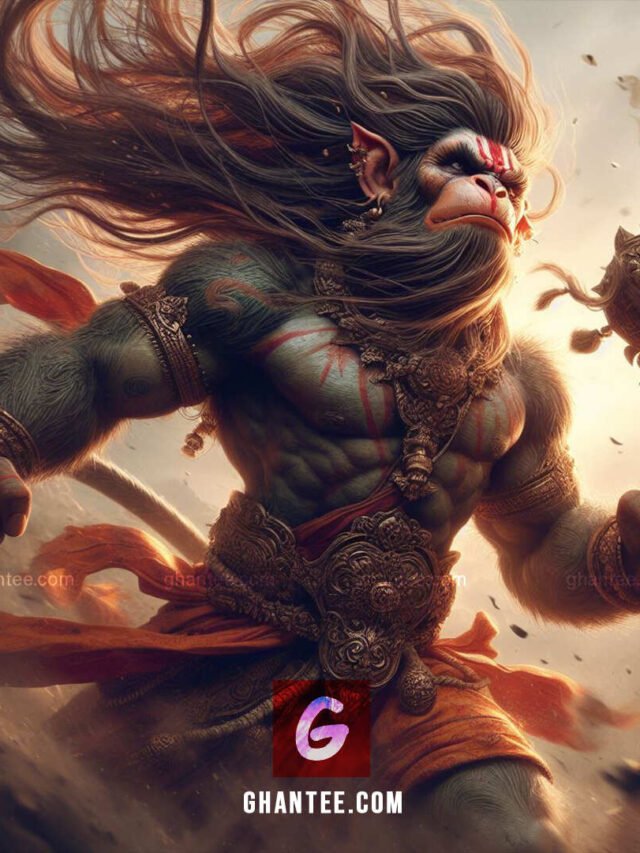The Mythological Origins
Lord Shiva, one of the principal deities in Hinduism, is often depicted with blue skin. This unique representation has deep mythological and symbolic roots that captivate the interest of many devotees and scholars alike.
Symbolism of the Blue Color
The blue color of Lord Shiva’s body is not merely an artistic choice but a significant symbolic representation. Blue in Hindu mythology symbolizes the infinite, the immeasurable, and the boundless. Shiva, as a deity, embodies these very qualities, transcending beyond the earthly realm’s limitations.
The Story of Neelkanth
One of the most popular stories explaining why Lord Shiva is blue in color is the legend of ‘Neelkanth,’ which translates to ‘the blue-throated one.’ According to this tale, during the churning of the ocean, or ‘Samudra Manthan,’ a deadly poison called ‘Halahala’ emerged, threatening to destroy the world. To save the universe, Lord Shiva consumed the poison. However, to prevent the poison from entering His body, Parvati, His consort, held His throat, causing it to turn blue. Thus, the blue color is a reminder of His immense sacrifice for the preservation of life.
Modern Interpretations
In contemporary analysis, some also interpret the blue color as a representation of the sky and the sea, symbolizing Shiva’s omnipresence and omnipotence. Others suggest it underscores His calm and tranquil nature, despite His immense power.
Ultimately, the blue color of Lord Shiva holds multifaceted meanings, enriched by mythological tales, symbolic representations, and modern interpretations. It is a testament to His profound and complex nature in Hindu traditions.






